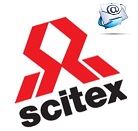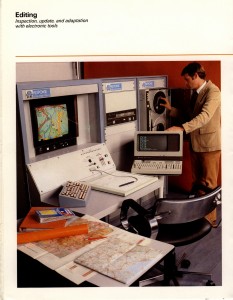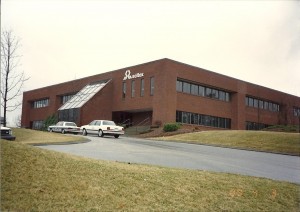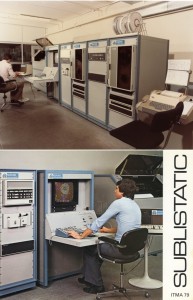scitex.museum@gmail.com
 scitex.museum@gmail.com
scitex.museum@gmail.com
All senior workers of Scitex or any employee who has nostalgic photos or videos or documents before the year “2000” and want to post them under unique web site that I am building or also publish and post the, on ExScite site and Facebook ExScite group please sent me with an explanation of details via e-mail: scitex.museum @ gmail.com (If this is a large amount of items better zipped) I’ll add the sender’s name and keep his copyright rights.
Thanks Efraim
כל העובדים הותיקים של סאיטקס או כל עובד שיש לו תמונות או סרטונים או מסמכים נוסטלגיים מלפני שנת “2000” ורוצה לפרסם אותם באתר אינטרנט ייחודי שאני בונה וגם בפרסומי ExScite בפייסבוק ובאתר ישלח אלי בצרוף הסבר פרטים וכותרת לדואר אלקטרוני: scitex.museum@gmail.com (אם זאת כמות גדולה של פריטים עדיף בקובץ ZIP) אני אוסיף בפרסום את שם השולח ואשמור על זכויות היוצרים.
תודה אפרים
Scitex Response 250 – For Cartography Market
Scitex Response 250  System with raster data scanning, editing, and plotting capability. Was used by all the big national mapping institutes worldwide, Just to mention the big USA ones: AAA, National Geographic, USGS, CIA…
System with raster data scanning, editing, and plotting capability. Was used by all the big national mapping institutes worldwide, Just to mention the big USA ones: AAA, National Geographic, USGS, CIA…
The Scitex system components include a scanner, a color design console, and a laser plotter, each with a HP 21MX E host processor.
The scanner and design console are used for data capture. The scanner is a drum-type raster scanner capable of digitizing sheets up to 36 inches by 36 inches in size at resolutions between 4 and 47 points per millimeter (.25 and .02 millimeters) at a speed of 130 revolutions per minute. The design console, used to interactively edit the raster data, is composed of a color CRT, a digitizing tablet with pen cursor, and a function keyboard. The design console also carries an extensive set of system batch-edit commands. While the Scitex has solved the problem of time and cost- efficient contour data collection.
Response 200 textile fabric design imaging system 1st in Europe
This Response 200 textile fabric design imaging system was the 3rd to be installed in the world (1975) and the 1st in Europe. The customer was Sublistatic, a French heat transfer paper printing company. The R200 was upgraded to R220 in 1980 and was re-installed along the very first ELP plotter. It was operated until 1990, then sold to a Belgian company
Picture was sent by Andre Lamerant .
This picture was taken “38 Years” ago and Scitex was 7 years old -:)))
Scitex HandShake Formats… Back in April 1988 – Spec written by Howard White
Type: Bitmap
Extension: CT, LW, BM, PG, and TX
Version: April 1988
Compression: None and RLE
Color Depth: 1-bit to 128-bit
Maintainer: Scitex Corporation
Specification: Howard White
The most well-known of the HandShake formats is Scitex CT (continuous tone). This format may store from 1 to 16 8-bit color separations (color planes). Typical CT files store four separation of CMYB image data. Adobe Photoshop is an application that is commonly used to create Scitex CT image files. The other HandShake formats include LW (linework, 16 color separations, 255 color maximum), BM (bitmap, 1-bit RLE image data), PG (page layout), and TX (textual typesetter data). Of these formats, PG and BM have not been fully implemented by Scitex and may not be in general use elsewhere.
The Scitex HandShake data formats and data exchage protocols are described in the following document:
HandShake Foreign File Transfer Protocol, Scitex Corporation, Ltd.,
Revision A: April 1988, Document No. 788-37898A, Catalog No. 399Z37898

